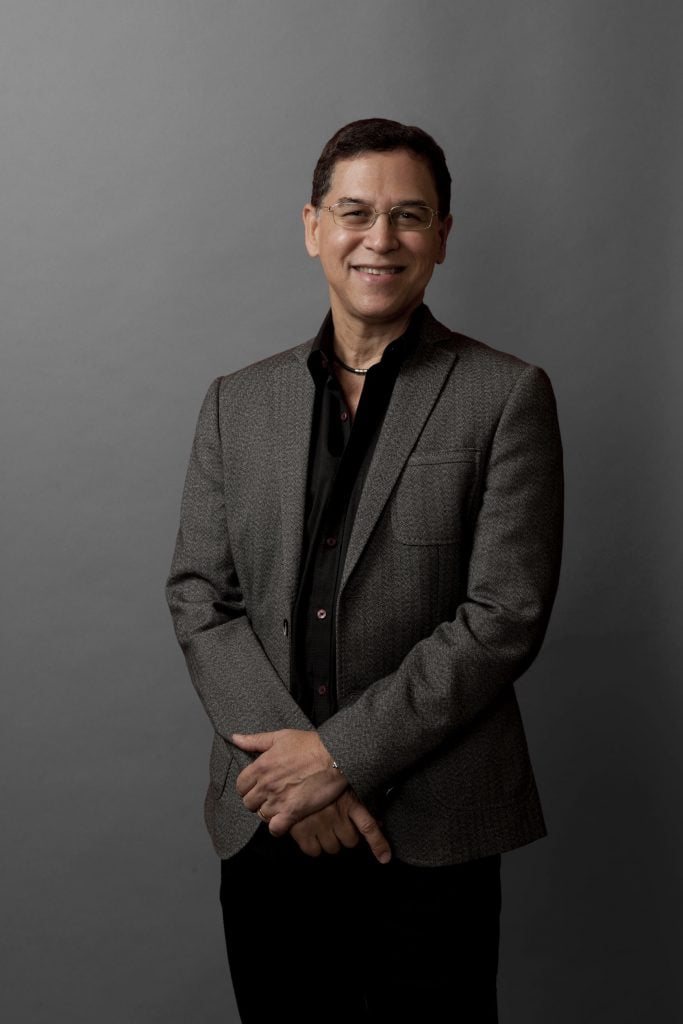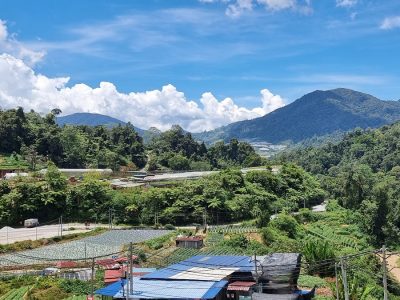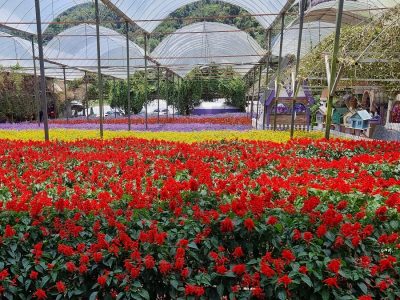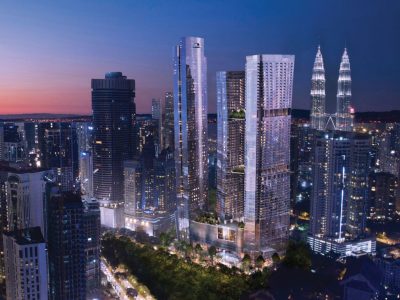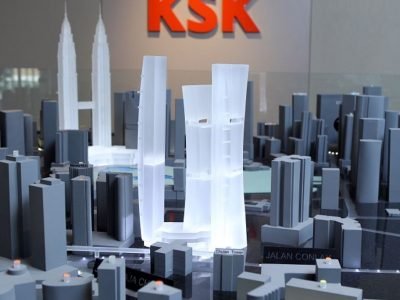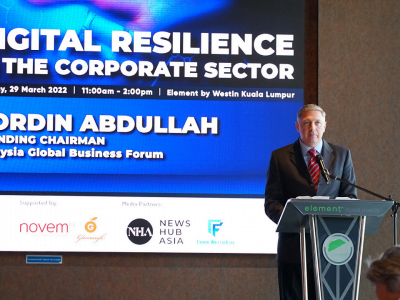“The fact that we exist today as a species is a testament to the resiliency of our ancestors, especially their ability to construct shelter”.
From before recorded history, early humans occupied and later constructed physical shelters to protect themselves from the ravages of nature and conflict. Though Homo Sapiens were not the only animal to do so, their exceptional ability to continuously improve and modify their shelter to deal with the various types of danger specific to a place and time was key to our survival and evolution. As they migrated across the planet, our ancestors learned to build specific forms of protection in response to natural conditions prevalent in their habitat.
Where the dangers were tides and floods, the shelter was built on stilts, and where earthquakes were common structures were built in such a way as to withstand them. And whether it was to keep out life-threatening heat or cold, humans across the planet instinctively evolved the design and construction of their dwellings, and later their cities, to achieve greater health and mortality, thus improving their chances of survival.
In other words, “necessity is the mother of invention” was the mantra for the evolution of our buildings and cities and the resulting resiliency of our species. Many of the earliest forms of these habitations still exist today such as Jericho in what is modern Palestine or Damascus the oldest continuously occupied city on earth, founded in 8,000bc.
The technologies and traditions we have learned to construct a shelter to protect human lives in the face of varying environmental dangers have become increasingly improved and perfected over thousands of years of trial and error. However, there are relatively newer and increasingly serious existential threats to humanity, for which we have had less preparation. Threats for which our long and evolving tradition of resilient design has insufficient precedent to adapt.
The current pandemic has exposed the fragility of modern urban design and architecture in the face of a truly existential challenge to humanity. But we should have been better prepared. Even during the Black Plague in the Middle Ages in Europe, it was widely known that towns with less density, with more open spaces, parks and ventilation would suffer fewer causalities.
Wealthy urban dwellers fled their teeming villages and towns to the countryside whenever a pandemic struck. They knew that homes with better hygiene, sanitation and air circulation would better protect their inhabitants from contagion. Yet, despite this knowledge, our civilisation has failed to create a built environment to better protect ourselves from contagions such as Covid-19.
Recent scientific discoveries in exactly how infectious diseases spread have only confirmed what we already knew. To prevent viral transmission among urbanites, cities should have more open well-ventilated sunlit public spaces and buildings should have greater physical separation.
Shelter of any kind, whether it be residential, office, schools or hotels must have good natural ventilation and sunlight in their lobbies, corridors and individual dwellings. This is because most pathogens dissipate quickly in circulating air and solar radiation. Other attributes such as spacious elevators, larger rooms and more airy interiors would also have made buildings more resilient to the spread of infectious disease.
And balconies should not have been considered luxuries at all, especially for residential buildings. Due to the deprivations of quarantine, they were always necessary to maintain a reasonable quality of life when you are locked up with your family for days or weeks at a time.
Walking and cycling should be a more common means of movement and public transportation needs to be reorganised to avoid congestion. We knew all these things, but we conveniently forgot.
My point is that humanity certainly should have been more prepared for the pandemic with better urban design, environmental and architectural solutions but unfortunately, the pressures of space and economics conspired to prevent our constructions of shelter from embracing these life-preserving practices. The resulting hardships arising from this most recent pandemic should be a wake-up call to us all to be better prepared for a much more certain and devastating threat to humanity, which is actually just around the corner and for which we are far less prepared. I am referring of course to climate change, the most significant symptom of the Anthropocene.
The Anthropocene is the unit of geological time used to describe the most recent period in earth’s history when human activity started to have a significant and lasting impact on the planet’s climate and ecosystems. Scientists date the onset of this epoch to the industrial revolution in the 1800s, accelerating in the mid-20th century with the advent of the atomic bomb. Unlike early epochs in our planet’s climatic record, this is the first to be determined by humanity.
Our civilisation has not even begun to address the magnitude of the challenge that will be upon us in the Anthropocene to create safer and more liveable places for the human species in a world in which the weather is vastly different from what it has been since ancient history. Perhaps because these very real outcomes for planet earth and all of us inhabitants are too overwhelming to consider, we have until now not taken the difficult steps necessary to confront them.
Instead of dealing objectively and considering real solutions for the looming prospect of catastrophic sea-water rise, temperature increase, and the droughts, floods and other disasters that will certainly accompany them, we have instead distracted ourselves by tinkering with green-ratings, environmental certifications and sustainability metrics. This activity may lure us into the comfort of thinking that we are effectively responding to the future danger, but it is akin to rearranging the deckchairs as the Titanic sinks.
I don’t mean to be a doom-sayer, but the fact is that even in the unlikely event that humanity is able to reduce our carbon consumption to an extent that global temperature rise does not exceed the 1.5-degree Paris Accord commitment, the momentum of global warming will likely continue for centuries.
This is because it takes that long for the existing carbon dioxide in the atmosphere to dissipate. And assuming that this 1.5-degree mark is breached, as most scientists believe it will, the broader long-term climatic effects on our delicate planet are indeed chilling to contemplate.
Even a sea-level rise of half a meter by 2100, as predicted in most climate change models will directly impact over 50 million people, and wreak indescribable disruption to the rest of human activity. The atmosphere may become dangerous. Storms will become more regular and more intense than we can conceive. Many parts of the earth will become uninhabitable by the standards of current urban design and building construction.
Scientists also believe that pandemics will become more common on a warmer planet with a larger population. It is sobering to consider that, despite knowing that another pandemic was inevitable, and having experienced them before within our lifetimes and knowing what was necessary to confront one, we still failed miserably to implement what was necessary such as building more resilient shelter. Humanity was unable to collectively and consistently make even the simplest of sacrifices required to mitigate the crisis, such as social distancing and the wearing of masks. Similarly, I expect, with a deep concern for the fate of humanity, that we will again fail to make the collective sacrifices required to meet global carbon emissions reductions.
For the above reasons, I believe that we need to immediately start diverting some of our attention and resources away from trying to prevent global warming and climate change, a challenge we seem to be losing anyway, to actually dealing with the imminent impact of this slow-brewing catastrophe. In other words, to simply start adapting to the reality that awaits us. To build resilience.
The fact is that cities throughout the world, their infrastructure and all the buildings they comprise will need to be reimagined and re-engineered in the face of climate change, and the real possibility of another pandemic, to provide shelter and protections we need for our continued well-being and survival.
For example, we will need to build on higher ground in anticipation of the sea-water rise and away from sea-fronts, rivers and deltas or on stilts to avoid catastrophic floods. The lower floors of existing waterfront buildings may have to be abandoned along with the streets that surround them. We will need to construct sturdier buildings to withstand storms more destructive and regular than we have ever known, with better insulation to keep out the rising heat. We will need to design buildings with improved ventilation and air circulation to filter worsening air pollution and the increased likelihood of future pandemics.
And as global climate changes take effect, migration to the cities will accelerate as people attempt to escape natural disasters and the rising food scarcity, poverty and conflict which will disproportionately affect the countryside. We must not continue to make the mistake of building slums and overcrowded high-rise buildings with no parks to accommodate this urban migration. Instead, we should build higher and further apart, creating public facilities and gardens in the sunlit sky.
Climate change will also disrupt essential utilities such as power generation, water supply, sanitation and telecommunications. So, we will need to build infrastructure resilience for our cities and dwellings.
This means less reliance to begin with and multiple modes of essential service delivery for what we do require. For example, we must first reduce our reliance on electricity through lifestyle changes and devising more efficient equipment. And then to produce the energy we need we should not rely only on one power source but instead have redundant modes including solar, bio, wind, thermal and even nuclear at our disposal both at the macro and local scale.
The emerging interest in Smart Cities is partly a response to impending climate change. Smart Cities are urban areas that use various types of electronic methods and sensors to collect data on the ways in which the areas function, and use this data to manage municipal assets, resources and services more efficiently than otherwise. The prohibitive cost of creating these Smart City systems has hindered their full realisation. However, as we begin to experience the service and resource disruptions soon to be caused by climate change, I believe that Smart Cities will begin to play an essential role to predict and mitigate them. For example, if heavy rains are predicted, a Smart City may drain its reservoirs to prepare for potential flooding while creating and storing the resulting hydroelectric energy. And if droughts are predicted, a Smart City may pre-empt the disruption by storing additional quantities of water and rationing supply to its consumers.
I don’t intend to be a scaremonger. But the early signs of impending catastrophe are too obvious for us to ignore, if not in our lifetimes, then in those of our children and grandchildren. We should of course continue to work toward carbon reduction and hope that our efforts result in a lower climate change impact. But hope is not a strategy. We need to actually start physically preparing for the worst. Our cities and our buildings will need to adapt and become more resilient if our species is to survive the coming climate crisis.
The United Nation’s Independent Panel on Climate Change (IPCC) concluded in its most recent report that humans can no longer reverse some of the most catastrophic effects of climate change or stop its intensification over the next several decades. According to the UN World Meteorological Organisation, there has been more than 11,000 climate change-related weather disasters since 1970, resulting in 2 million deaths and USD3.64trillion in losses.
Over the last few years, this has accelerated to a daily toll of 115 deaths and USD202million in losses. We witness increasingly regular and catastrophic weather anomalies every day in the news. It is no longer a matter of control. What is left for us now is to learn to adapt to the Anthropocene.
In conclusion, despite the looming dangers, there is a role each of us can play to avoid the worst-case scenarios. While we should all be conscious of the ways in which our lifestyle adds to the planet’s carbon footprint and strive to reduce that where possible, each of us should begin to consider and plan for resilience in the face of the unstoppable and imminent disruptions that will soon accompany recurrent pandemics and more importantly catastrophic climate change. We must raise awareness about the dangers of not adapting and demand more resilient designs of our cities and their buildings. And we must advocate for policies, regulations and laws that will be eventually needed to protect human lives. It is the responsibility of this generation to relearn the imperative of resilience to save our planet and our human civilisation.
As an architect and urban designer, I have long advocated for changes in the way our cities and buildings are conceived to become more resilient to these future threats. But one voice is not enough. I hope that those who hear this message will join me, each in their own way, to change the tide of human affairs. This should be the legacy.
David Mizan Hashim is the Founder, Group President and Director of the VERITAS Design Group, a multi-disciplinary design firm established in 1987, which now has offices in 8 countries and is based in Kuala Lumpur, Malaysia. His academic credentials include a Bachelor degree in 1983 from the Massachusetts Institute of Technology (MIT) and a Master in Architecture in 1986 from Harvard University’s Graduate School of Design (GSD), both located in Cambridge, Massachusetts in the USA. Upon graduation, he was awarded the prestigious Aga Khan Travel Fellowship for research in Islamic architecture. David has been Principal-in-Charge of numerous award-winning architectures, planning, interior design and landscape design projects by VERITAS, in Malaysia and overseas. He is an avid environmentalist and champions sustainability in all aspects of design and construction.


